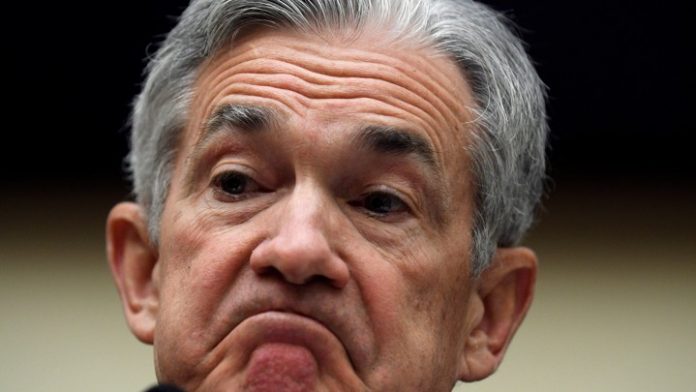Stocks reacted positively to the latest batch of inflation data as the Dow Jones, S&P 500, and Nasdaq rose by 0.6%, 0.6%, and 0.8% respectively. This morning’s report showed a somewhat surprising moderation in the growth of consumer prices, with the headline Consumer Price Index (CPI) increasing by 0.2% MoM in July, consistent with June’s figures.
Everyone was expecting the numbers to show a rise both monthly (MoM) and annually (YoY). But the real focus should have been on the Fed’s new favorite metric: the Core Services CPI Ex-Shelter. It’s picking up speed, hitting +0.2% for the month, and moving from +3.9% to +4.0% on an annual basis.
Breaking down the report:
The main CPI figure went up 0.2% in July, matching June’s gain. Yearly, it climbed 3.2%, which, while an increase from June’s 3.0%, was actually less than what many anticipated (+3.3%).
Interestingly, this increase broke the CPI’s trend in which YoY growth fell for twelve straight reports.
The core CPI, which excludes more volatile elements like food and energy, nudged up 0.16% MoM. Annually, the growth came down a notch, settling at 4.7%.
Both goods and services saw their inflation rates decline in July. However, the 6.1% YoY inflation in services can’t be ignored.
Of the different price categories, shelter costs led the pack, contributing to over 90% of the CPI’s monthly increase. Motor vehicle insurance costs made up a significant portion of it, too.
Food was up 0.2% for the month while energy showed a modest 0.1% increase.
Stripping out food and energy, a few trends emerged: Shelter, car insurance, education, and recreation saw an uptick.
But airline tickets, used cars, and medical care? They were on the decline. Especially noteworthy is the drop in airline fares, which fell for the fourth month in a row, a surprising fact given that many travelers are still complaining about pricy flights.
Shelter inflation continued to rise, but it’s not racing like before. Increases were seen in rent and in owner’s equivalent rent. Lodging away from home, however, was down. So was the index for used cars and communication.
Excluding food and energy, core CPI was up 4.7% over the past year. Shelter was a big part of that story, with a rise of 7.7%.
The buzz around the shelter index is understandable considering how much it has risen. But an expected drop in rent could coincide with a fall in other core inflation price categories, helping drive down the arguably more-important core CPI reading.
Lastly, wage inflation seems to be slowing. For the second month, real wages went up, albeit just by 0.2%, with an expected drop coming soon. This would obviously be bad for jobholders but good for helping fight inflation.
There’s a growing sentiment that the world’s too-rosy outlook might be in for a wake-up call, especially if it collides with the hard truth of surging commodities. The market clearly expects a soft landing and moderating inflation.
If, however, inflation rises YoY again in August, this narrative could change dramatically independent of whether investors see more signs of a coming economic slowdown.








